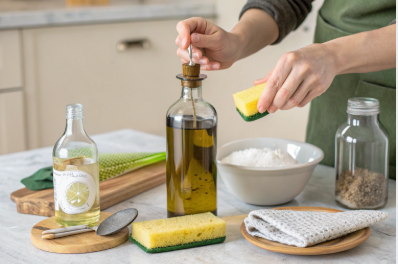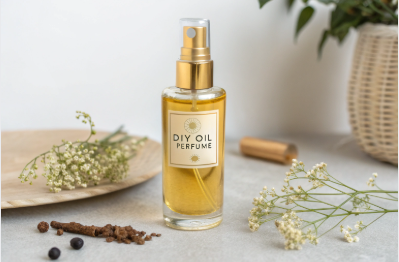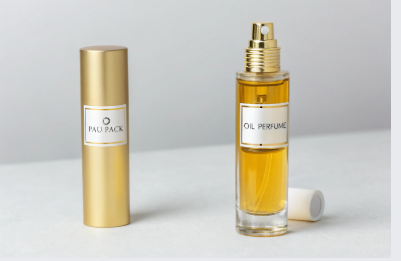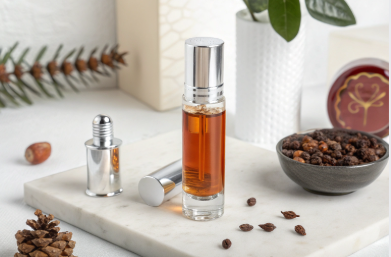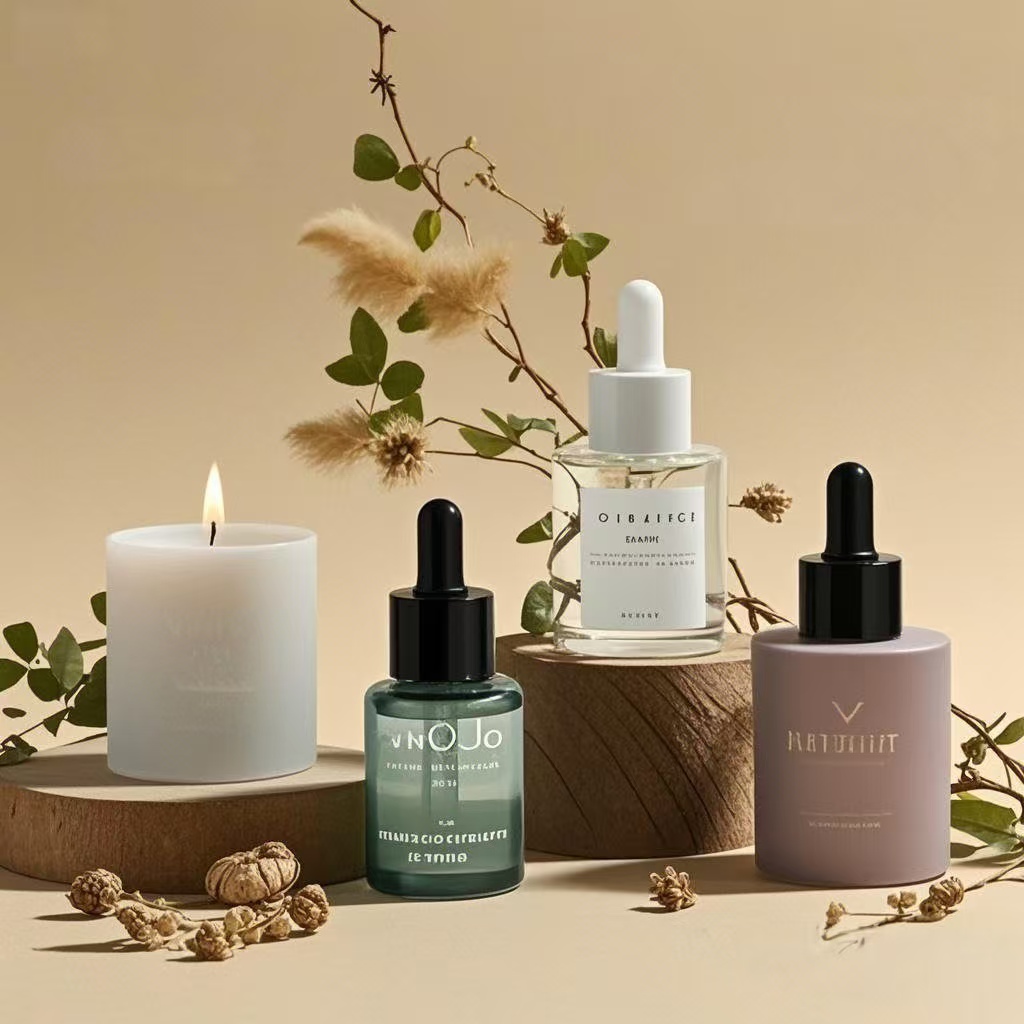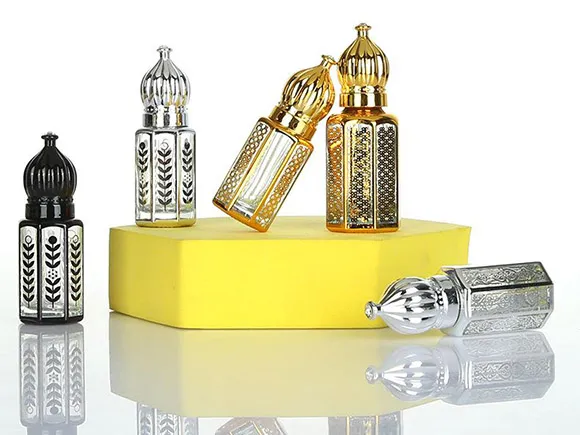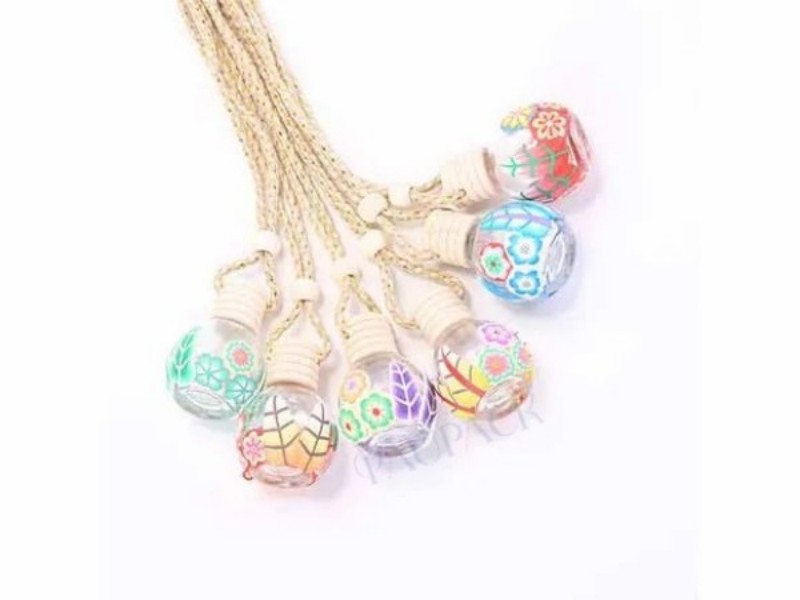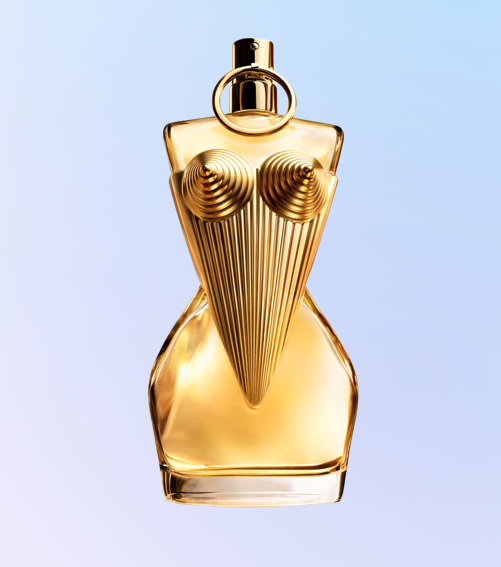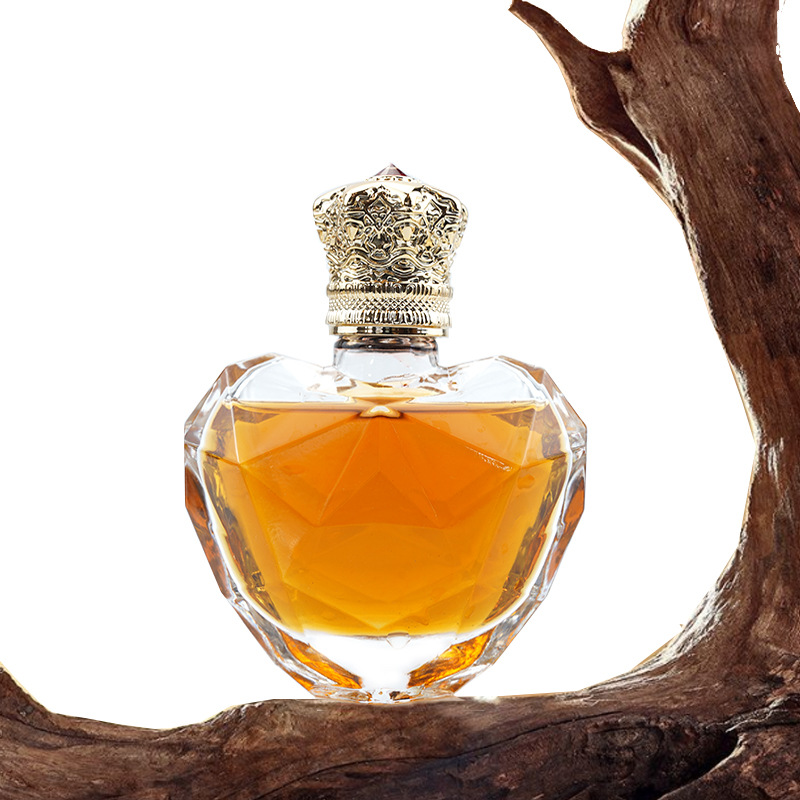Essential oils smell amazing—but pouring them into a spray bottle doesn’t magically make perfume.
Yes, you can turn essential oils into perfume using a spray bottle, but only by blending them with the right carriers like alcohol or water and applying proper formulation methods.
At PauPack, we work with wellness and beauty brands looking to launch fragrance mists, roll-ons, and eau de toilettes. This guide walks you through how to transform pure essential oils into wearable, mistable fragrances—whether you’re a brand formulating at scale or just testing a new SKU.
How to turn essential oil into perfume spray?
A bottle of lavender oil ≠ perfume.
To turn essential oils into a perfume spray, dilute them in ethanol (or witch hazel) and distilled water at the right ratio. Then store in an airtight, UV-protected spray bottle.
The Formula for Essential Oil Perfume
| Ingredient | Purpose |
|---|---|
| Essential oil (15–30%) | Fragrance |
| Ethanol (60–80%) | Solvent and base |
| Distilled water (0–20%) | Softens scent |
| Optional: Glycerin | Helps scent linger |
| Optional: Vitamin E | Extends shelf life |
Basic Recipe (50ml bottle)
-
15ml essential oil blend (top/middle/base notes)
-
30ml alcohol (190-proof grain alcohol or perfumer’s alcohol)
-
5ml distilled water
Let it sit for 24–48 hours to allow the oils to meld. The longer the better—some perfumers cure for 1–4 weeks.
At PauPack, our 50ml and 100ml glass spray bottles are specially designed for perfumes. We offer fine mist atomizers and UV-resistant finishes, making them ideal for natural scents.
Can you put oil perfume in a spray bottle?
Spraying oil sounds smart—until your atomizer clogs.
Yes, oil-based perfumes can go in a spray bottle, but only if the sprayer is designed for high-viscosity liquids. Otherwise, use a roller or dropper bottle.
Why Most Spray Bottles Don’t Work for Oils
-
Oil is thicker than water-based perfumes.
-
Standard atomizers clog or spray unevenly.
-
Oil leaves residue around the nozzle, causing build-up.
PauPack offers high-viscosity sprayers that work with oil-based blends, including jojoba or fractionated coconut oil bases. Alternatively, many brands use roll-on bottles for thicker formulas, which we provide in clear, amber, and frosted glass styles.
Can I put essential oils in a plastic spray bottle?
Plastic may seem easy—but it can get complicated.
Essential oils can go into plastic spray bottles short term, but only if the plastic is PET or HDPE. Long-term storage or potent oils should use glass.
Plastic and Essential Oil Compatibility
| Plastic Type | Safe for EO? | Notes |
|---|---|---|
| PET | Yes | Ideal for travel mists |
| HDPE | Yes | Strong and affordable |
| LDPE | Moderate | Flexible but permeable |
| PVC/PS | No | Can leach or degrade |
| Glass | Best | Non-reactive, premium |
At PauPack, our plastic spray bottles are made from PET or HDPE and tested for aromatherapy compatibility. For long-term storage or premium presentation, we always recommend glass.
Can essential oil mist be used as perfume?
Not every mist is a wearable scent.
Yes, essential oil mists can be used as perfume if they are correctly diluted, stable, and skin-safe. Formulate with fragrance balance and alcohol-to-oil ratio in mind.
What Makes a Mist “Perfume-Grade”?
-
Proper dilution: Essential oils must be diluted to avoid skin irritation (1–5% range for body mists).
-
Scent structure: Top (evaporates fast), middle (heart), and base (lasts longest).
-
Longevity: Use fixatives like glycerin or base notes (like sandalwood, patchouli).
Application Tips
-
Spray onto pulse points, not fabrics.
-
Avoid direct sunlight after application—some oils are photosensitive.
-
Store in cool, dark places to maintain scent.
PauPack’s UV-coated glass misters help protect scent integrity and extend product life, especially for citrus-heavy mists like bergamot or grapefruit.
Can I use straight essential oil as a perfume?
It smells strong—but it might be harmful.
No, you should not use undiluted essential oil directly on the skin as perfume. Always blend it with a carrier to avoid irritation or sensitization.
Risks of Using Straight Oils
-
Skin irritation: Oils like cinnamon, clove, or tea tree can burn or cause rashes.
-
Sensitization: Repeated undiluted use may trigger long-term allergies.
-
Overpowering scent: Pure oil lacks balance, subtlety, or staying power.
Instead, use carrier oils like jojoba or sweet almond for roll-ons—or alcohol for spray perfumes. PauPack offers 10ml amber roller bottles perfect for these applications, combining safety with elegance.
How to make a spray mist with essential oils?
It’s perfume’s chill cousin—light, fresh, and subtle.
To make a spray mist, blend 10–15 drops of essential oil with 1 tbsp witch hazel or alcohol and 50ml of distilled water. Store in a mist bottle and shake before each use.
Mist Uses
-
Body sprays: Add lavender + peppermint for a cooling effect.
-
Room mists: Use eucalyptus, lemon, or pine.
-
Linen sprays: Opt for calming blends like chamomile + cedarwood.
At PauPack, our fine-mist sprayers create ultra-light diffusion, perfect for mists. Choose from clear or frosted finishes, matte gold collars, or eco-friendly bamboo accents to elevate your branding.
Conclusion
You can absolutely turn essential oils into perfume—but you need more than just a spray bottle. With the right formulation, packaging, and safety steps, your scent can become a signature. At PauPack, we support indie brands and wellness creators from prototype to production. Let us help you bottle your essence beautifully.




